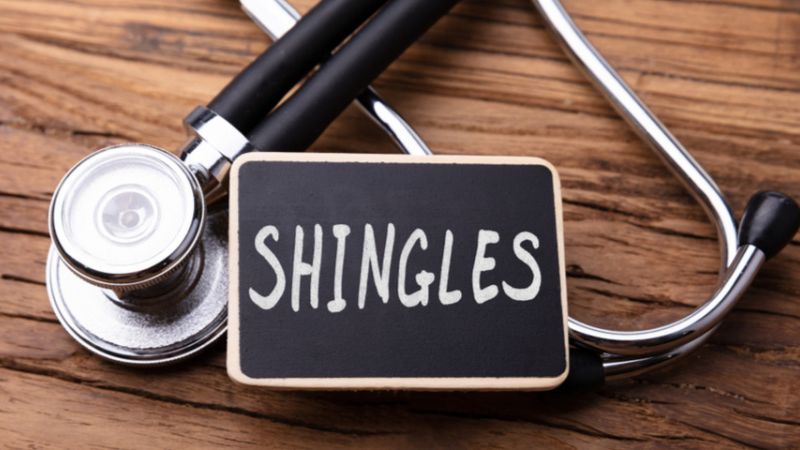When you were a kid, the chickenpox was probably not that big a deal. You’d stay home from school for a week, put on some calamine lotion, and do your best not to scratch. It was no fun but you got through it. Indeed, according to the CDC, one out of every three Americans has experienced the ordeal.
However, says an article from the National Institute on Aging, the very same virus the causes chickenpox—varicella-zoster virus (VZV)—is responsible for the far more severe and potentially debilitating condition known as shingles. In fact, every person who has had the chickenpox virus has a heightened susceptibility to shingles.
Symptoms of Shingles
Shingles is actually a very common but very painful skin disease that is provoked by a ‘reactivation’ of the chicken pox virus. According to the National Institute of Health (NIH), 50% of Americans will deal with shingles at some point, though the vast majority of them will experience the condition between the ages of 60 and 80. This means that shingles is of particular concern to seniors, many of whom may already suffer from compromised skin due to diminished elasticity.
According to the NIH, shingles usually develop in three stages; severe pain and skin sensitivity, the development of an itchy rash; and the development of blisters resembling those from chickenpox. Though this rash may clear up with treatment after a few weeks or months, it can cause excruciating pain and discomfort. In some cases, nerve damage may cause the individual lasting pain and discomfort even after the initial inflammation has subsided.
For some individuals, the pain and sensitivity caused by shingles can be so extreme as to be debilitating, interfering with the ability to sleep, walk or dress one’s self.
Side Effects of Shingles
Unfortunately, the risks associated with shingles go beyond its unpleasant symptoms. According to a recent study published online in Clinical Infectious Diseases, patients who are in the earliest stages of developing shingles may also be at an immediately higher risk of stroke. The study finds that patients had an especially heightened risk of stroke during the first six months following the appearance of symptoms relating to shingles.
The risk was found to be even higher for who whose shingles outbreaks occurred around the eyes. Shingles near the eyes and face have also been associated with loss of vision, hearing or even temporary paralysis of the neck and face. In all cases, says Healthline, the risk of these dangerous side effects can be reduced through treatment. Visit your physician immediately if signs and symptoms of shingles develop so you can plan the treatment strategy that’s right for you.
Shingles Prevention
The FDA recently approved a vaccine for individuals 60 and over that would preempt the development of shingles. Though the CDC identifies Zostavax as the single best way to prevent shingles among seniors, very few actually know about it. Healthline reports that only 3.9% of seniors have taken advantage of this preventative method.
Ask your doctor about the shingles vaccine and take steps today to protect yourself from this painful and risky condition.
Emergency Help When You Need It
The numbers don’t lie; CDC data suggests that there is a very good chance of experiencing a shingles outbreak once you hit the age of 50. Although you can’t ever know if and when the shingles virus will affect you, you can be prepared for medical emergencies before they occur. Medical Guardian’s diverse line of medical alert devices has a solution for every different lifestyle need and budget, ensuring that you will always have access to help should you need it.

